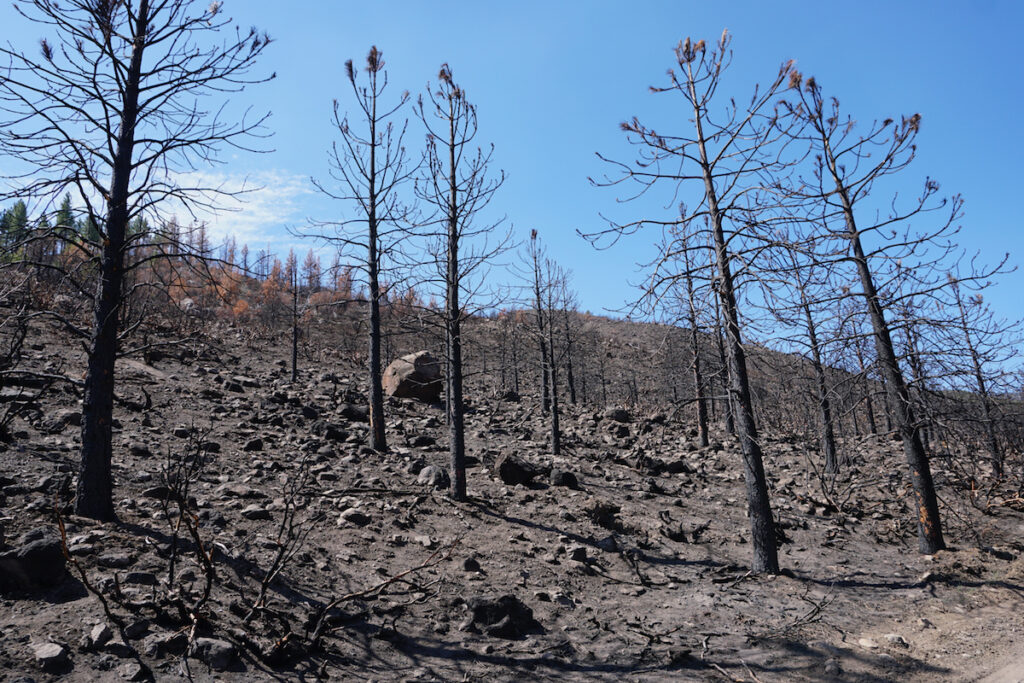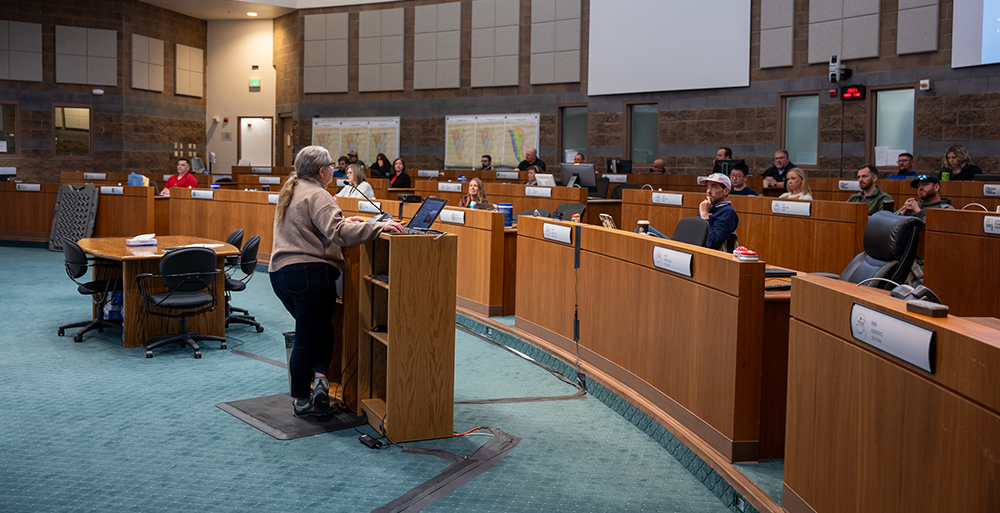This Giving Season, Please Consider Supporting the IRP Endowment
This giving season, please join us in supporting bright minds and their best ideas by donating to the IRP Endowment, which was established earlier this year to ensure that innovative science continues for generations to come. Your gift will bring us one step closer to our goal of raising $5 million to fully fund this endowment. To date, this program has supported more than 20 research teams and several successful research programs have grown out of IRP-supported preliminary research.




